
Northern Europe’s Best Kept Health Secrets
Consistently ranked as some of the healthiest and happiest countries in the world, there’s a lot we can learn about health and wellness from Scandinavian people.
Scandinavia is a region of Northern European countries that geographically covers Denmark, Norway, and Sweden. However, Scandinavian culture typically includes the countries of Iceland and Finland as well.
We’ve rounded up some of the fascinating health secrets of Scandinavian culture so that you, too, can incorporate some of the health habits of the happiest people in the world.
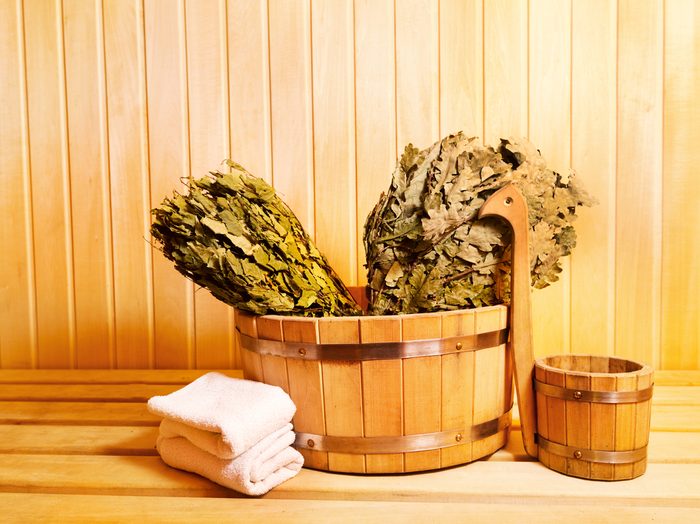
1) Use the Sauna
If you love sweating it out at your gym’s saunas after a hard workout, you have Finland to thank for that. Saunas are an integral tradition in Finnish culture, so much so that the country with a population of just over 5 million people has approximately 2 million saunas.
Saunas are seen as a necessity to self-care and can be found everywhere from the country’s parliament buildings to fast food joints in Helsinki.
Finnish people use the saunas as a place to physically and mentally cleanse. The health benefits of saunas are numerous – it helps flush out your body’s toxins, strengthens your immune system and can even contribute to weight loss.
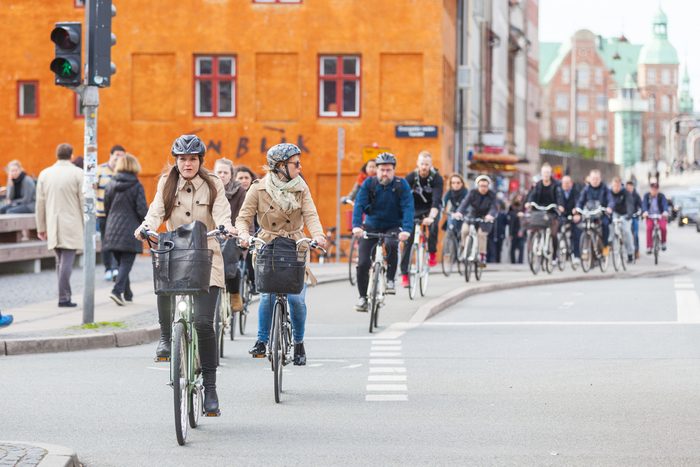
2) Bike Often
In a city that has more bikes than people, it’s no question that the citizens of Copenhagen, Denmark’s capital, love to cycle. Half of the city’s population commutes to work or school on their bikes.
According to Denmark’s tourism board, 36,000 people use Copenhagen’s most popular biking lane every day, making it the busiest biking path in the world.
Biking is more than a great way to get from one place to another. If you haven’t used your bike since childhood, cycling is also an amazing cardio workout that will help you to develop amazing core and lower body strength. Biking for just 20 minutes each day can also decrease levels of anxiety and well-being, a study conducted by the British Journal of Medicine found.
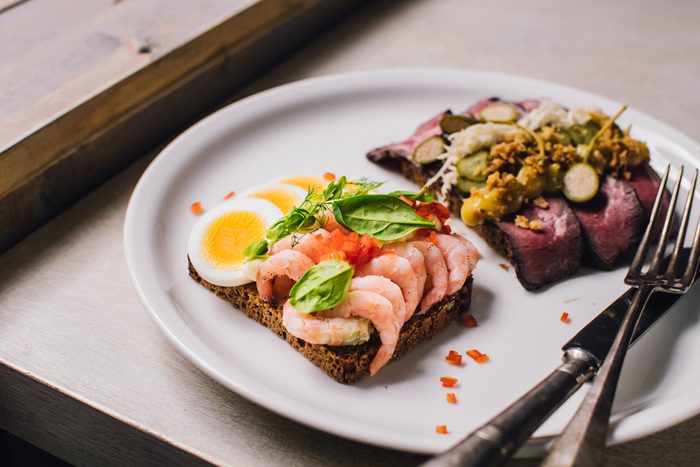
3) Embrace the Nordic Diet
If the only Scandinavian foods you can think of are the Swedish meatballs served at your local Ikea, you’re missing out. The Nordic diet, featuring traditional food served in Denmark, Finland, Iceland, Norway and Sweden, is based on whole grains and seasonal, regional foods.
Danish rye bread, known as rugbrød, is made with whole grains and dietary fiber and doesn’t contain any oils or sugar. Rye bread is a staple in the Danish diet and is commonly used to make the country’s famous open-face sandwiches.
Meanwhile, the pure waters in Iceland make for amazing seafood (Arctic char and Atlantic salmon are some local favorites). Similar to the Mediterranean diet, Icelandic people opt for their country’s free-range, organic lamb as their most popular protein.
If seafood and lamb aren’t your cups of tea, the Norwegian-Icelandic dairy product Skyr is sure to be your new favourite Nordic food. Skyr (pronounced skeer) tastes like a smoother, creamier and thicker version of Greek yogurt. It’s high in protein, low in fat and best of all, can be found at your local grocery store.
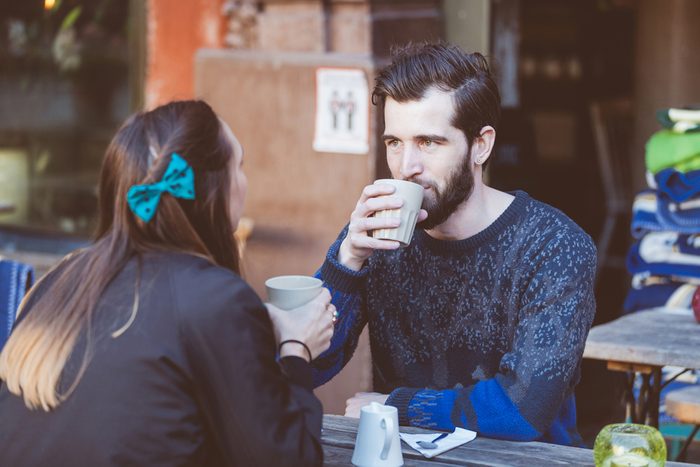
4) Carve Out Time to Socialize
Swedish culture embraces the concept of fika. While the translation means, “to have coffee“, the tradition is based on placing importance on socializing and connecting with others.
Want to embrace the heart of fika on your next coffee date? Set aside your phone, eliminate other distractions and focus on being truly present in your conversation.
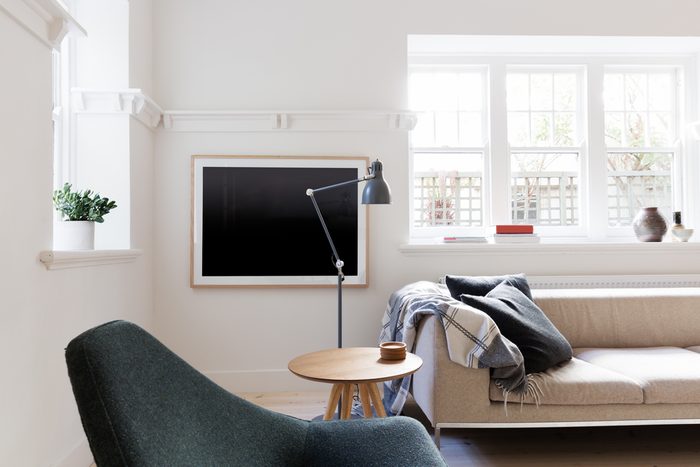
5) Own Less
There’s a reason why Scandinavian design is renowned for it’s clean, open concept design and streamlined functional furniture – it’s so much easier to unwind in a clutter-free space.
Become more like Scandinavians and treat your home like a sanctuary and only bring in items that are absolutely necessary.
In the bestselling book, The Life-Changing Magic of Tidying Up: Decluttering and Organizing, author Marie Kondo offers a simple tip when you’re trying to take a more minimalist approach to clutter in your home. Pick up an object and ask yourself: does this object spark joy? If the answer is yes, you should keep it. If the answer is no, it’s best to dispose of it.
Keeping Kondo’s approach in mind will help you to de-clutter unnecessary items in your home.
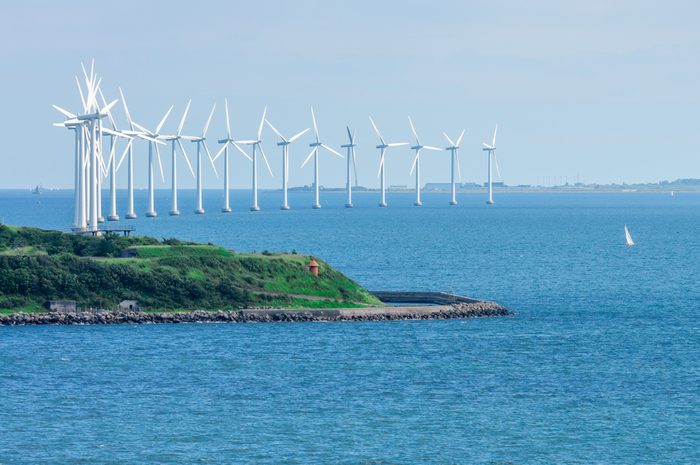
6) Renewable Energy Is Key
When you land at Copenhagen’s national airport, you can’t miss the 20 giant windmills lined up in the Baltic Sea off of the city’s harbor. These windmills are an appropriate welcome to the importance Denmark places on its natural resource.
By 2050, Denmark wants to produce 100 percent of its energy from natural resources. So far, the country is making impressive strides to reach this goal.
Countries that have renewable resources significantly decrease smog and pollution – which cuts its citizens risk of stroke, heart disease, and lung cancer.
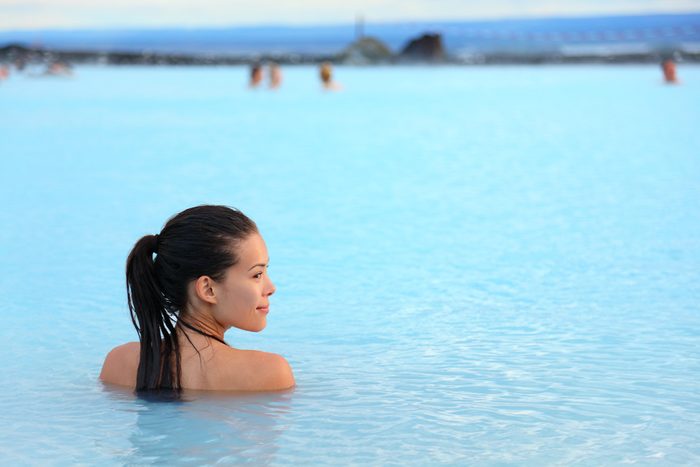
7) Enjoy A Hot Soak
Iceland has an abundance of natural hot springs and thermal pools. Tourists from all over the world visit the Blue Lagoon, where geothermal water flows into an expansive, gorgeous man-made pool.
While the Blue Lagoon always provides an amazing photo-op, Icelandic people know that a great picture doesn’t compare to the plentiful health benefits of soaking in geothermal water. Natural pain relief, minimized skin irritations, stress-relief and a boost in blood circulation are just some of the advantages of hot soaks. Plus, the silica, algae, and natural minerals are miracle workers for your skin.
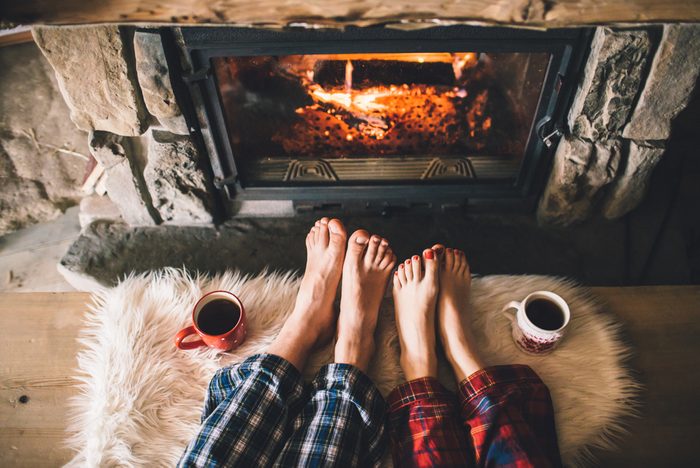
8) Enjoy Life’s Simple Pleasures
In many parts of northern Scandinavia, there are very few hours of daylight during the winter. These long, cold winters are believed to be why Danish people put such a high importance on hygge.
Hygge doesn’t have a direct English translation, but is best described as a concept of creating a cozy, relaxing, comfortable atmosphere.
Enjoying simple pleasures like cooking a homemade meal together, lighting candles for dinner or enjoying a walk after work are all ways to embrace hygge.
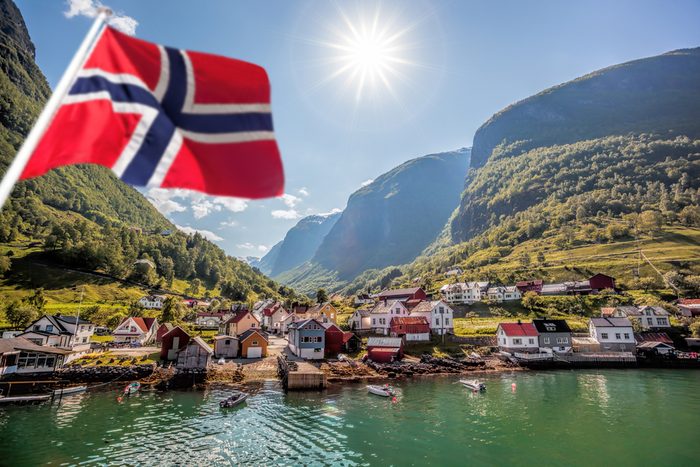
9) Embrace The Outdoors
Scandinavian countries are known as some of the safest countries in the world, so much so that’s it common for parents to leave their babies in their strollers outside their homes or restaurants. This is because Scandinavians hold the belief that it’s good to be outdoors and exposed to fresh air.
By the time little ones attend nursery school, parents also have the option to send their little ones to forest and nature schools. In these nature schools, kids spend their days learning in outdoor classrooms in forests or the woods – no matter what season it is.
This love of nature is especially evident in Norway, where anyone has free access to land or national parks as long as you’re respectful to the property’s farmers or owners.
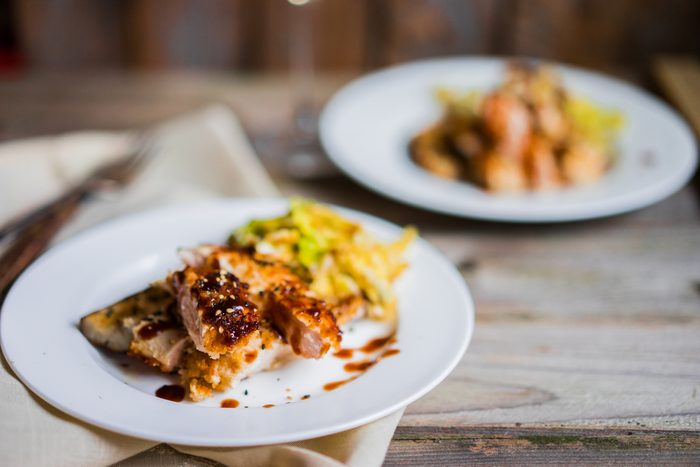
10) Eat Ethically and Locally
Home to some of the highest-rated restaurants in the world, a Michelin star restaurant in Scandinavia is never hard to find. A multitude of these world-class restaurants follow the 2005 New Nordic Food Programme’s manifesto, a partner project between Nordic governments and restaurateurs that promotes serving pure, locally grown foods that are farmed using high ethical standards.
After all, eating fresh, whole foods always tastes best!
